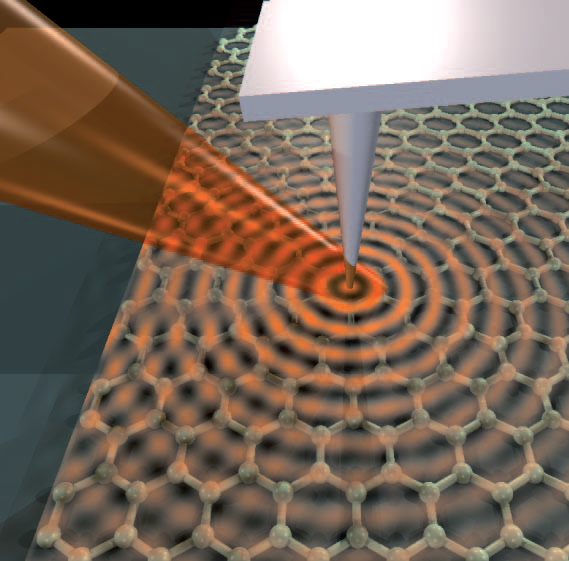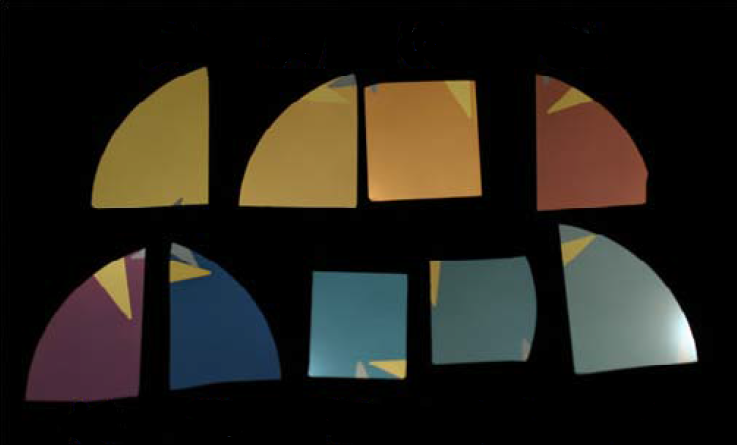How do you measure mass with high precision? This is not an easy question, as it is very difficult to measure the weight of something with the same ultra-high precision with which atomic clocks measure time. To this day, the kilogram is defined by a piece of metal made of platinum and iridium that is stored in Paris. If you want to know with absolute precision the weight of something, you would have to compare it to this particular piece of metal. This does not only seem very imprecise and old-fashioned, it also leads to a range of issues. Only last week there have been news reports of the official kilogram piece and its various official copies all over the world slowly gaining weight from dirt on their surface.
It comes as no surprise that physicists are searching for more precise ways to measure weight, and the method now published in Science by Holger Müller and colleagues from Berkeley is one of the most elegant and beautiful ones that I have seen in a long time. It is based on a quantity that we know very well how to measure with very high precision – time. The question is how to measure the mass of something by telling the time. […]
Continue reading...
It’s been only a week ago that I wrote about the increasing competition for graphene. But as I said then, there are still some exciting advances based on graphene. An example is photonics, which is an area where traditionally graphene perhaps has not been as strong as in electronics. A reason for this is that being only a single atomic layer thin, graphene initially wasn’t expected to show much interaction with light. One of the more intriguing historic results in this area has been the fact that the absorption of light in graphene is determined by one of nature’s most fundamental numbers, the fine structure constant.

Plasmons in graphene can be created by illuminating the tip of an atomic force microscope (grey) with an infrared laser beam (red). Reprinted by permission from Macmillan Publishers Ltd. Fei Z. et al. Nature 487, 82–85 (2012). doi:10.1038/nature11253
But absorption of light is not where the true potential of graphene lies, namely on the nanoscale. On the same scale as electronic applications, because ultimately the aim is to achieve photonic functionality on a chip.
However, the control of light on the nanoscale typically requires surface plasmons. These are collective movements of electrons at the surface of metals. So in a sense surface plasmons function a bit like antenna that can focus light into tiny spots. […]
Continue reading...

Metals appear colourful by depositing an ultrathin layer of a semiconductor on top. Shown here is the example of thin germanium films on top of gold. Reprinted by permission from Macmillan Publishers Ltd. Nature Materials (2012). doi:10.1038/nmat3443
Ocean waves are pretty relentless when hitting on a beach, and it is not always easy to protect beaches from erosion. For example, if you were to put pillars of a few centimetres in diameter into the water it won’t stop the waves or alter their behaviour. The waves will continue to hit the beach as ever. In optics, the situation is pretty similar. Structures much smaller than the wavelength will have no dramatic effect on a light beam. But as Federico Capasso and his group at Harvard University have shown in a number of papers over the past year, tiny metal structures on the surface of a material can completely alter the way in which light passes through the device. The structures are ultrathin – a few tens of nanometers in height are enough to make exotic types of lenses or to achieve an efficient absorption of the light. Indeed, their approach in designing optical interfaces represents a completely new way of thinking about surfaces, and to me is one of the most exciting developments in photonics this year. […]
Continue reading...




January 13, 2013
1 Comment